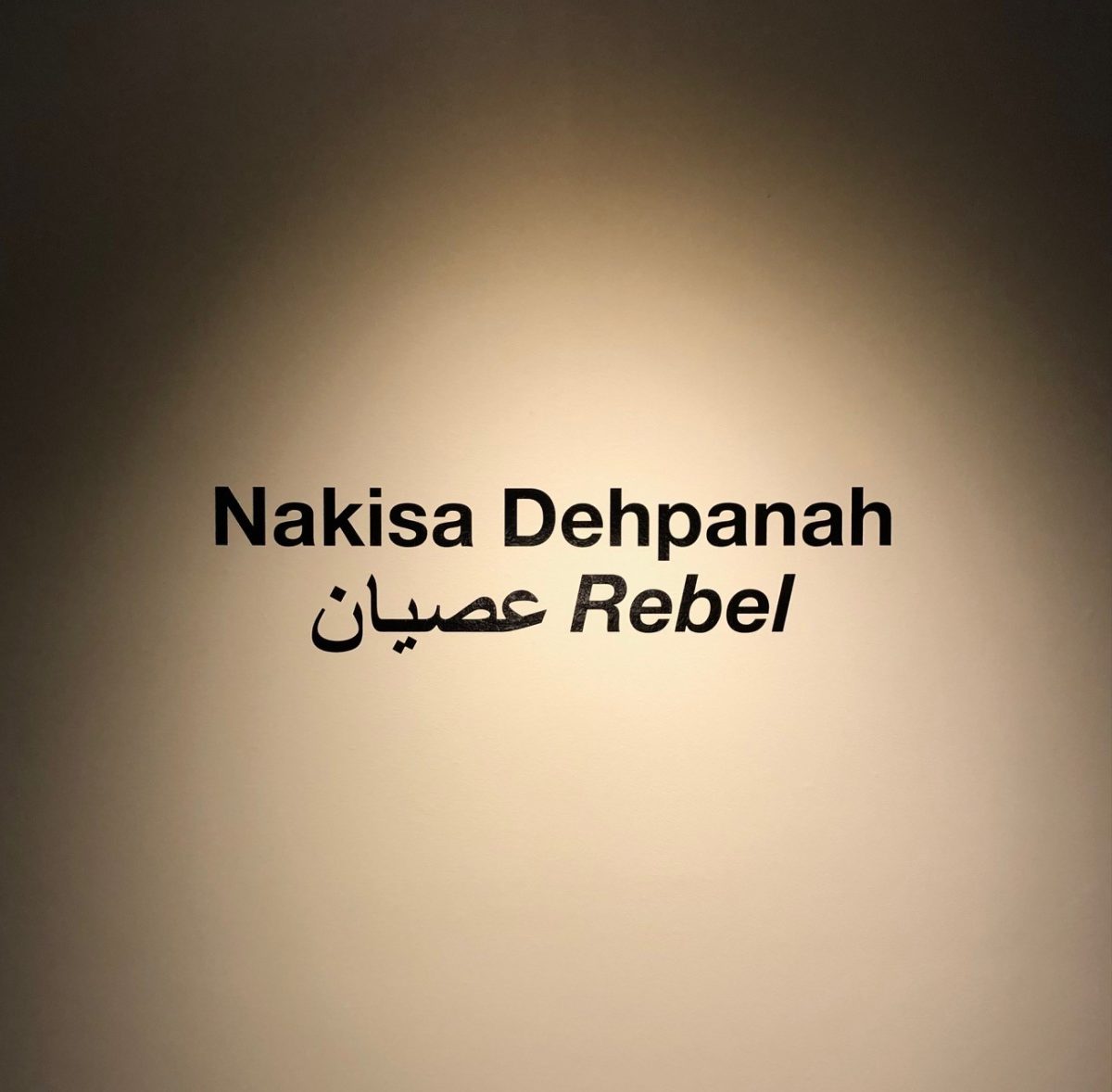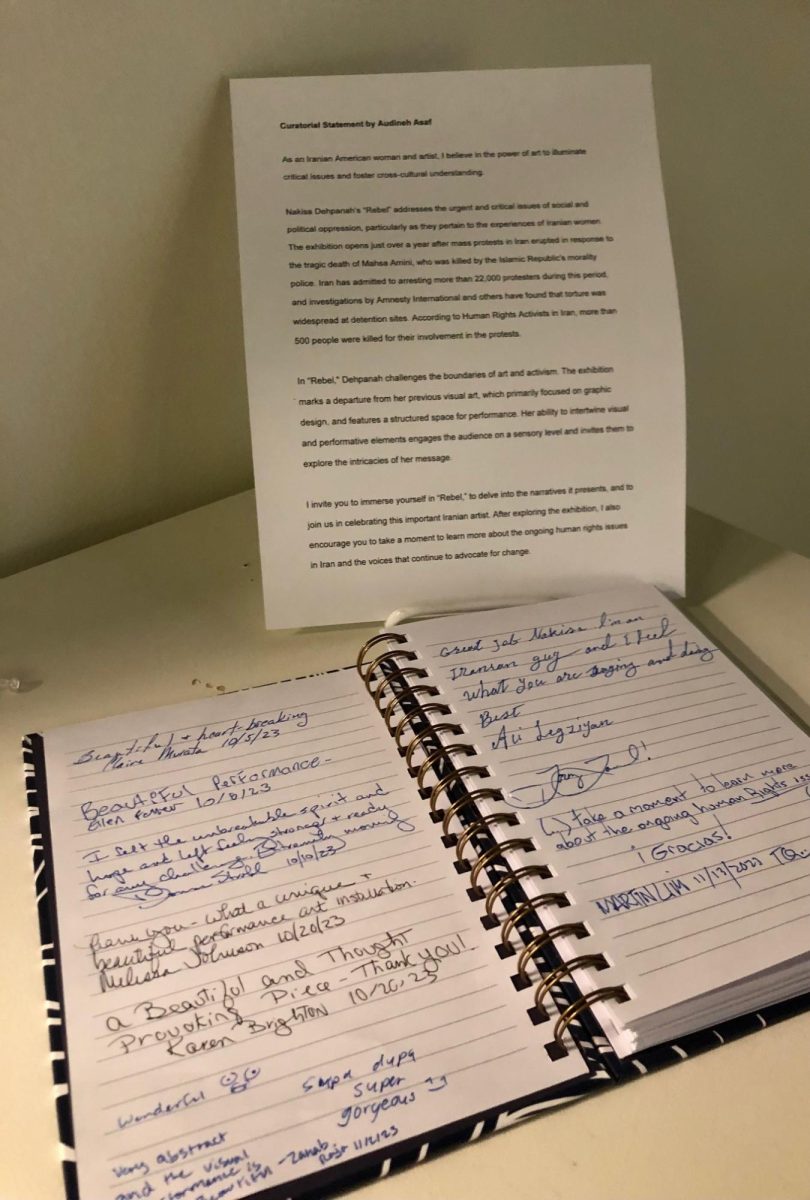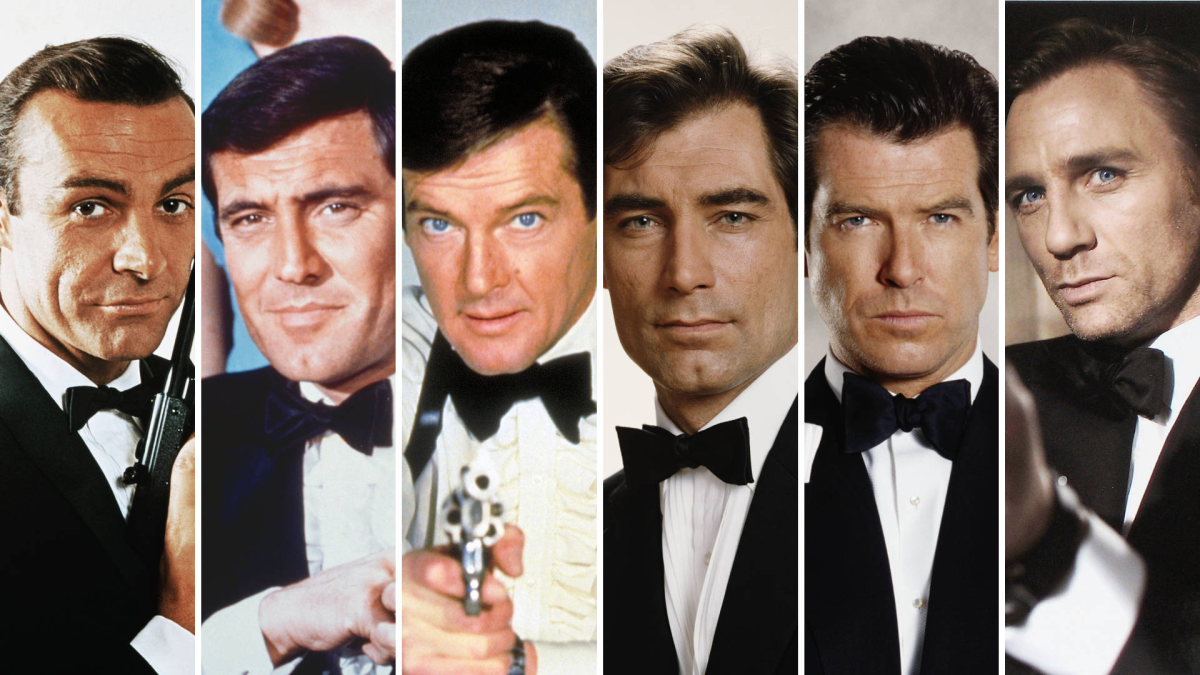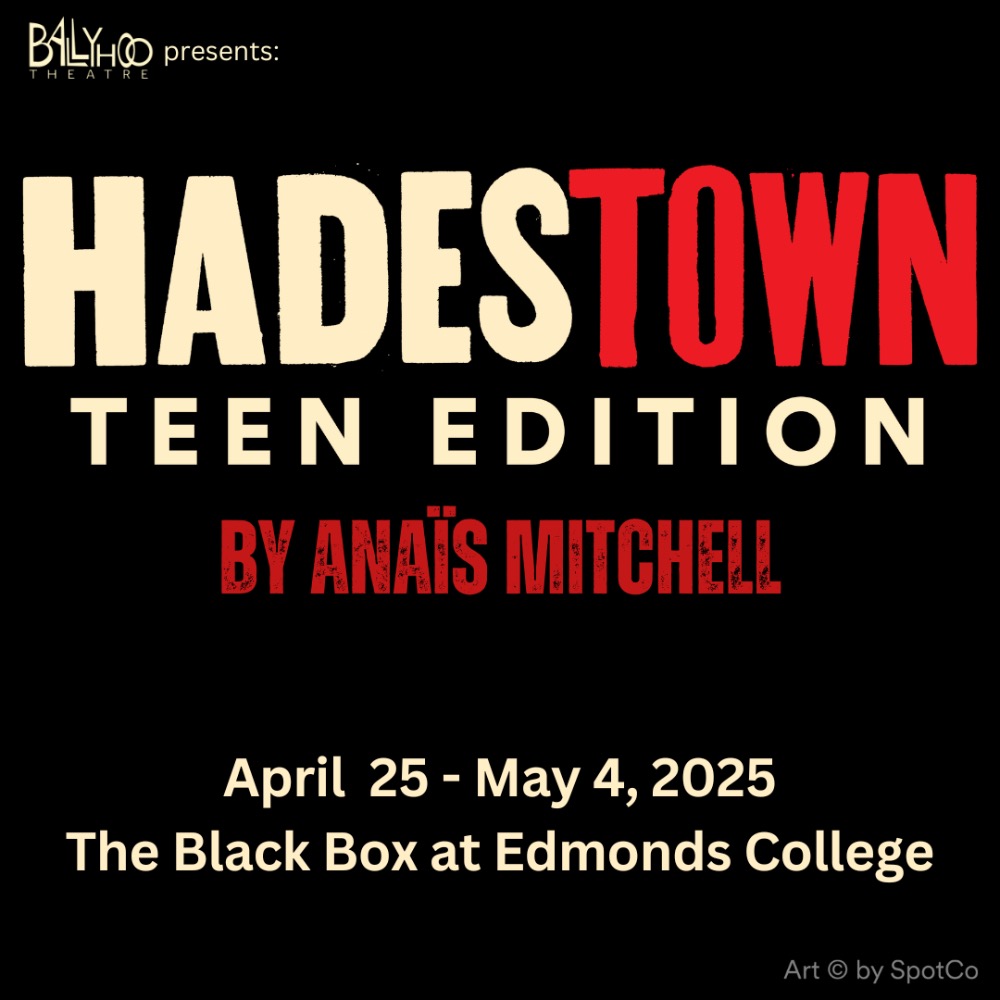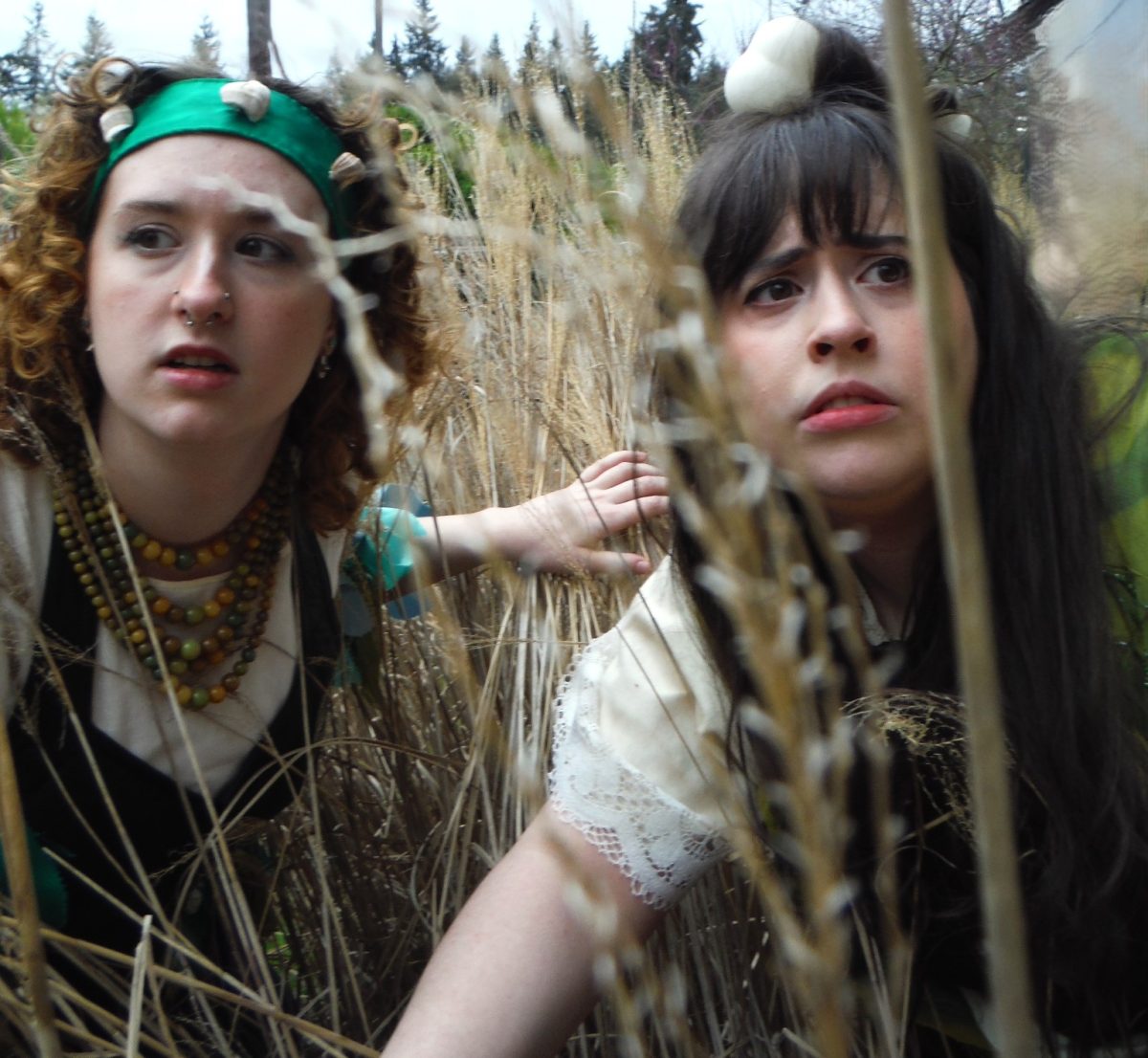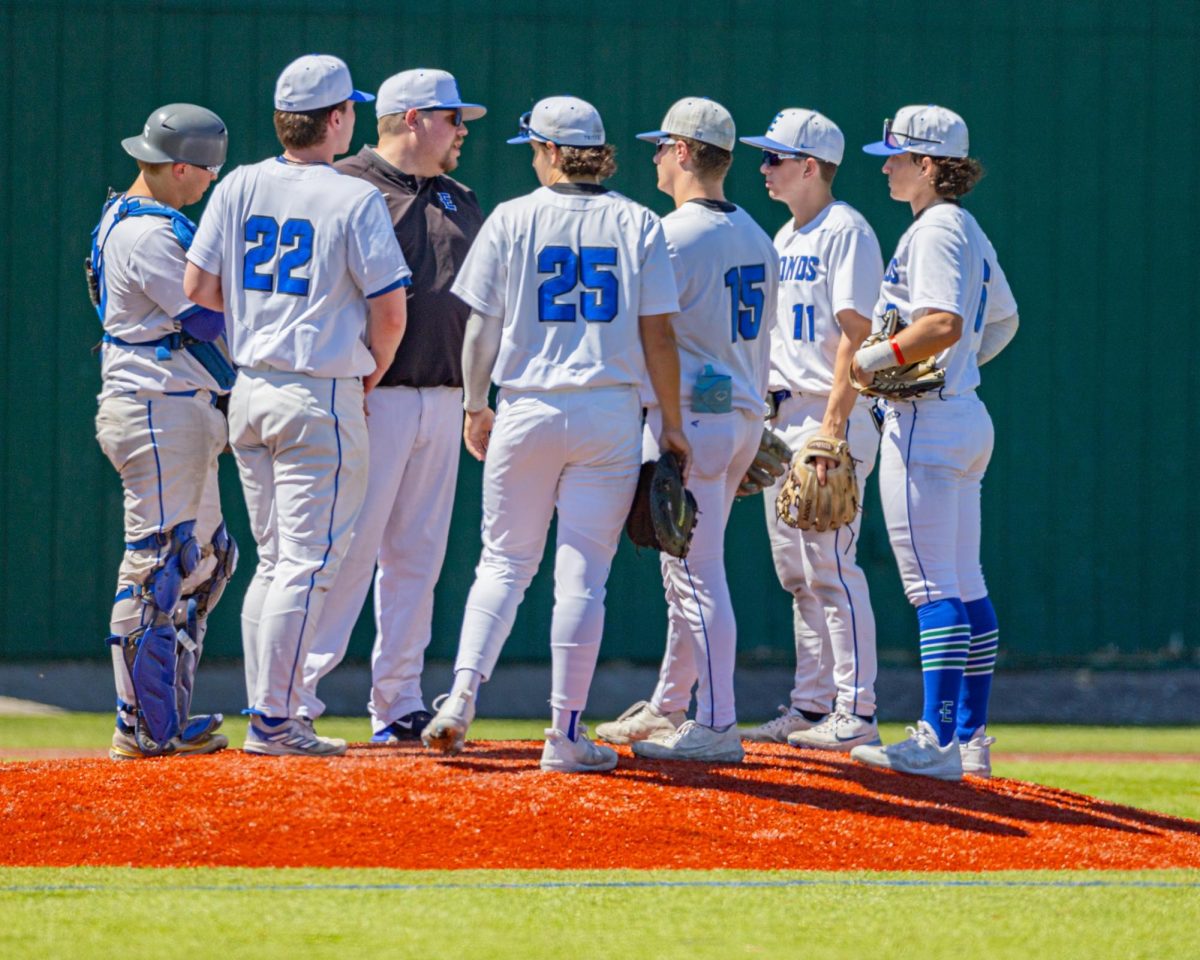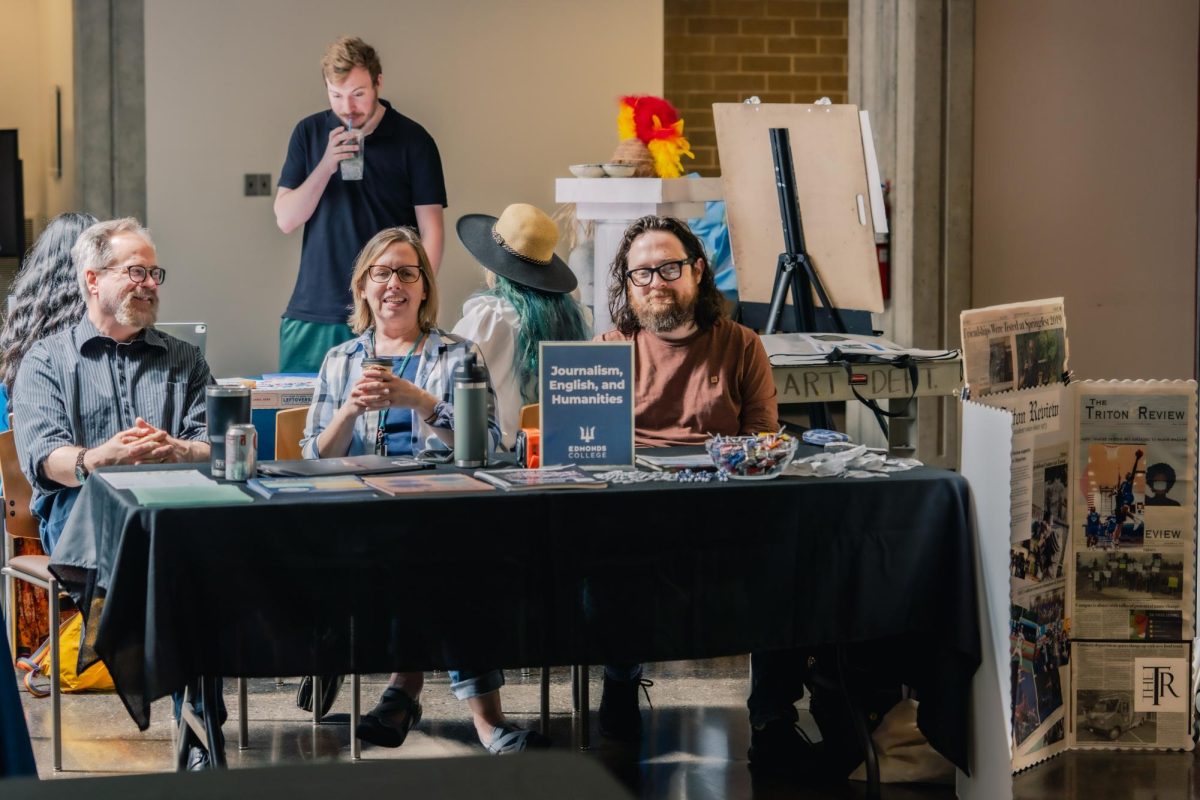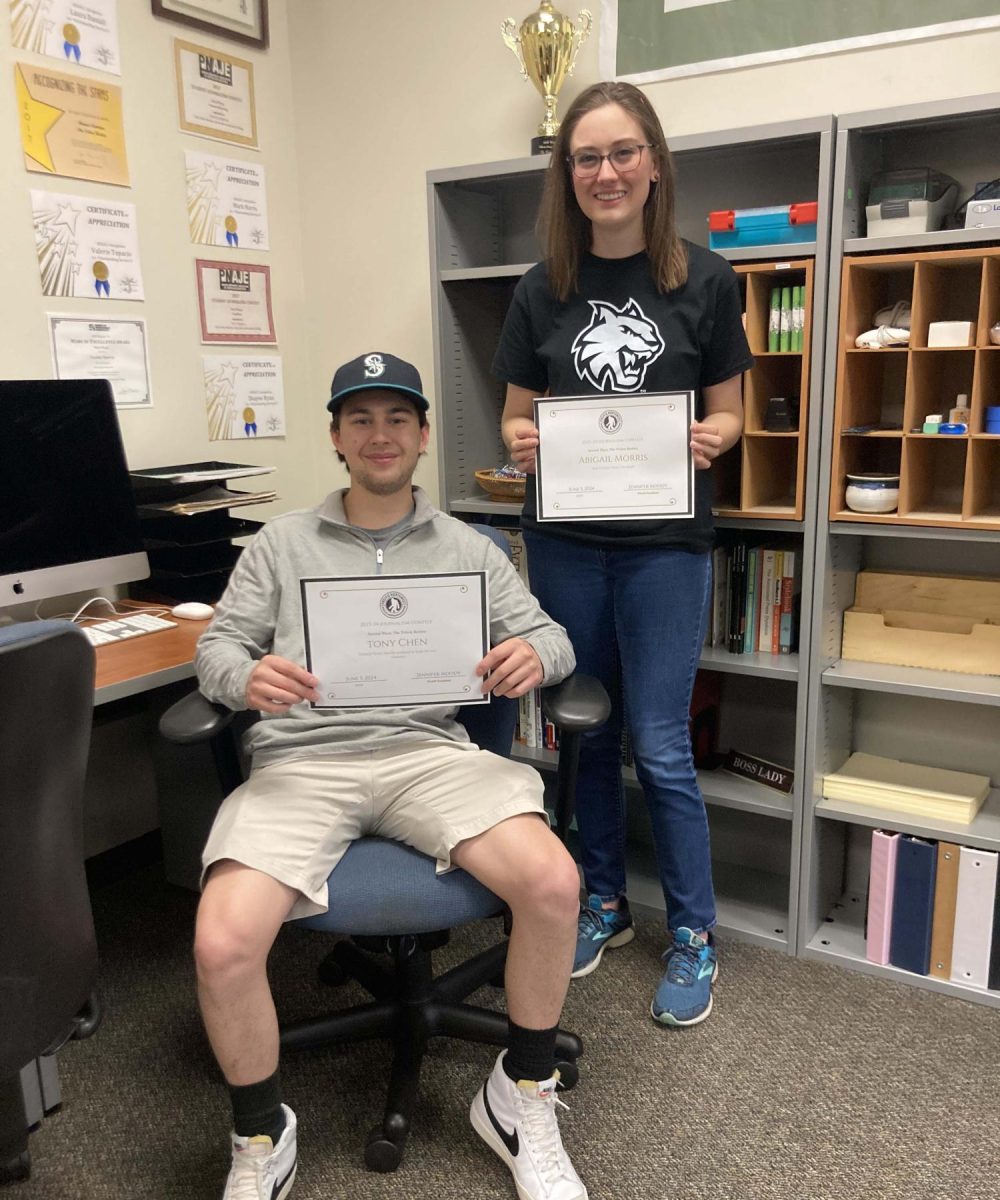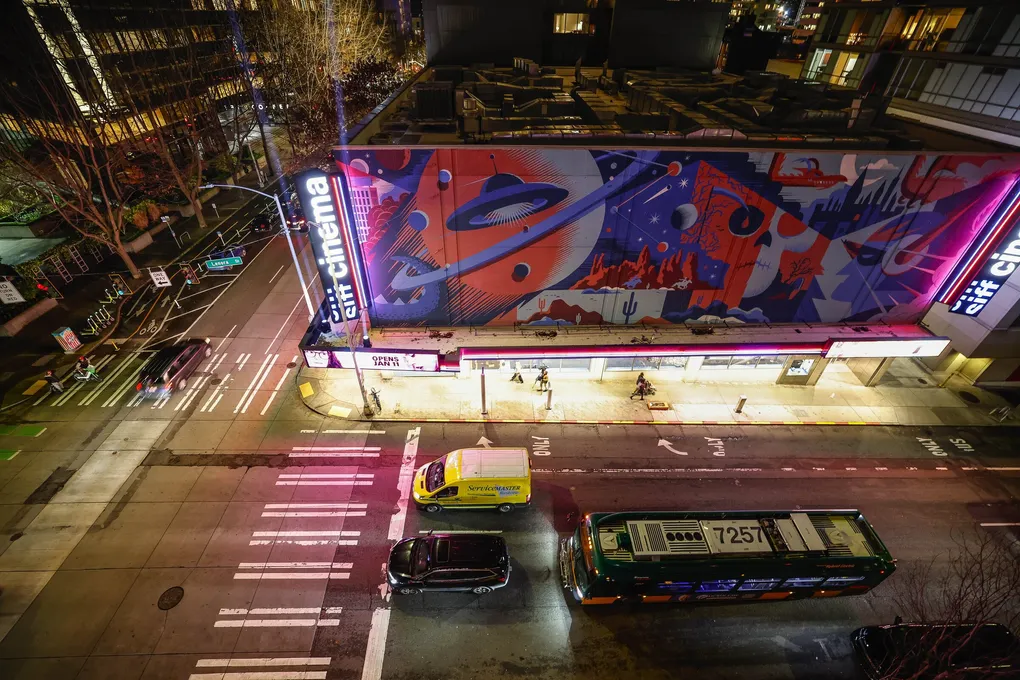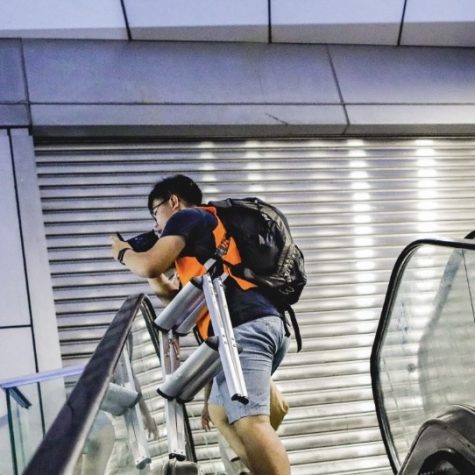Most often when someone describes themselves as an artist, whether professional or not, it is usually in a specialized field. A person who is considered an artist may be a great graphic designer, an abstract painter, an innovative architect, or even a graceful dancer. But what if there was an artist who could do all of these things and more?
That person just might be Nakisa Dehpanah, whose work in a variety of artistic mediums is currently featured in an exhibit at the Edmonds College Art Gallery.
Imagine a young Iranian girl who grew up in the beautiful natural surroundings of her homeland, of which she is deeply proud. Picture the young child’s creative imagination soaring behind her parent’s encouragement and the bountiful exploration opportunities found in the mountainous region of her home. Although this girl was raised in a society that did not value the skills of women and girls, like herself, it did not stop her from pursuing her artistic dreams. Because of her upbringing, this girl developed a tough, rebellious, and creative personality that would end up suiting her well on her eventual journey to the United States.
The subject of this endearing story is Nakisa Dehpanah, a uniquely talented artist of many trades who has not allowed her experiences to define her.
Originally born in Iran, Dehpanah did not move to the United States until 2016 after deciding to pursue a master’s degree in architecture at Iowa State University. Later, in 2018 she arrived in Seattle Washington, the city where her architectural design career would take off.
In both her career and her personal life, Dehpanah has worked in a variety of artistic mediums, all of which have led to her newest 3-D installation “Rebel.”
“I got to mix a lot of parts of me like dance, architecture, fabric—and also art and visual illustration so it’s like multimedia, multi-aspect,” Dehpanah said.
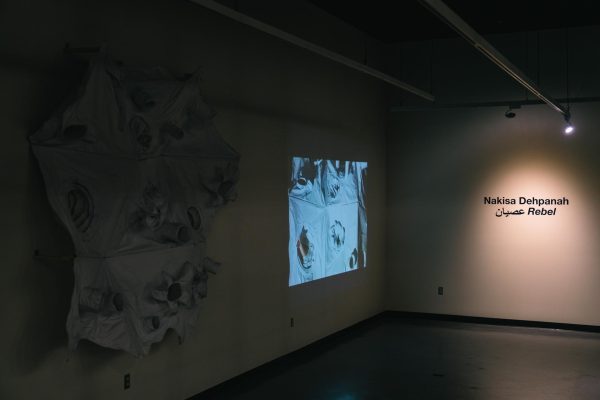
For Dehpanah, her early childhood in Iran set the foundation for her creativity. As a young girl she cherished the times when her family and her would explore their natural surroundings.
“We were spending a lot of time out in the nature, and just long backpacks, living with nomads, and a lot of big skies full of stars, and fountains, water and trees and that was my first connection to this world that exists and the spiritual world and energy, the flow,” she said.
Unfortunately, Dehpanah’s path to success wasn’t necessarily easy or clearly defined. Facing a strict Islamic theocracy that limits opportunities for women, Dehphanah had to find a way to navigate these obstacles.
“In Iran, the way it works is if you are a good student you have to become a doctor or engineer, there is no artist. I wanted to become an artist, but they were saying ‘Oh, yeah get your P.h.D, but on the side, you can always create art. So, art doesn’t count as a profession,” Dehpanah said.
Although her art expresses attitudes that combat the strict ways of life set by the Iranian government, for Dehpanah she is more focused on sticking to her passion and not letting herself be limited by external factors.
“I just love creation, it doesn’t matter what form it is or under what title it is—I just love to create and express and tell stories,” Dehpanah said.
When creating, there are a variety of artistic factors that go through Dehpanahs mind.
“Honestly I would love if it was one layer, just painting for me, but the way it comes to me is sometimes very overwhelming and complex and I just have to be able to tell it in a way that makes sense to the audience,” she said. “It’s a lot of work, but this is how I feel expressed and fulfilled in all aspects of my understanding and perception.”
Dehpanah shares both a unique perspective on how she creates her art, as well as the messaging behind it too. Shaped by her childhood in Iran, much of her work envelops themes of femininity, equal opportunity, rebellion, creativity, and bravery.
Dehpanah’s vision for “Rebel” truly came to life once she met Edmonds College art professor Audineh Asaf, who coincidentally also has Iranian roots. The two first met at the Art is Activism exhibition in the Jacob Lawrence Gallery, located at the University of Washington.
“We got connected so quickly and bound to the same experiences and feeling, and then she a couple of months later reached out to me and asked me if I’m willing to do that [the “Rebel” exhibition] and that was a really exciting experience [for me].”
Since both shared a similar background and passion for spreading the message of female empowerment, the pairing of these two respective artists was a match made in heaven.
“Audineh, she also has a vision of empowering women artists and also telling the story of Iranians to everyone… it’s pretty powerful what she is doing and this [“Rebel”] was aligning with what she is trying to do, so that’s how I got offered that.”
For Dehpanah, the concept of “Rebel” came to her naturally. Through a combination of her recent discovery of her affinity for fabric as an art medium, and working with Asaf’s vision, she found the structure she had been needing to fully realize her project.
The exhibition itself is made up of many numerous parts, from architecture to dance to Farsi (or Persian) literature. In terms of the art style she commonly uses, especially in “Rebel,” the calligraphy used in connection to Farsi literature represents the “free-form, curves, and flow” of her art today.
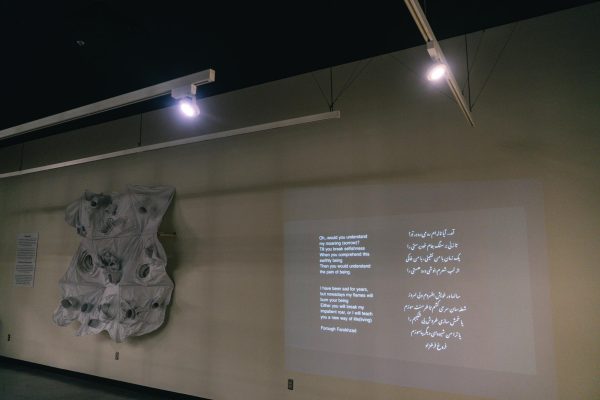
“My life, its chapters, are associated with different poetry and it just keeps going and coming back to me forever,” she explained enthusiastically. “I feel like this just again came to me as rebelling and rebellion and how it has been donned in poetry and donning in nature and how these could all come back to the same concept.”
Dehpanah’s exhibition is now officially open at Edmonds College Art Gallery on the third floor of Lynnwood Hall where the library is also located.
Recently, on Nov. 17, the Iranian artist returned to Seattle from Santa Fe, New Mexico to participate in a reception with live music and engagement with visitors, faculty and students. Despite not being able to visit the college in-person since her exhibit was opened, she still has received positive feedback from visitors.
Dehpanah’s career has taken a long road to get where she is today. She has lived in Iran, multiple U.S. states and has experienced many levels of education all the way up to university graduate programs for master’s degrees.
In the midst of her storied career though, Dehpanah always seems to hark back to her origins and her purpose for creating the art that she does in the first place. She recognizes the impact she could have on students, who represent the next generation, and sees a great opportunity for them to learn and succeed just as she did when she was a young girl learning in the northeast mountain ranges of Iran.
Over time she has found passion in many different art forms, all of which have led her to form the wonderful masterpiece “Rebel.” Dehpanah has hope for the future, and if anyone proves to be a spotlight for the potential of women and other young people to succeed, it is certainly Dehpanah who fits that mold.

